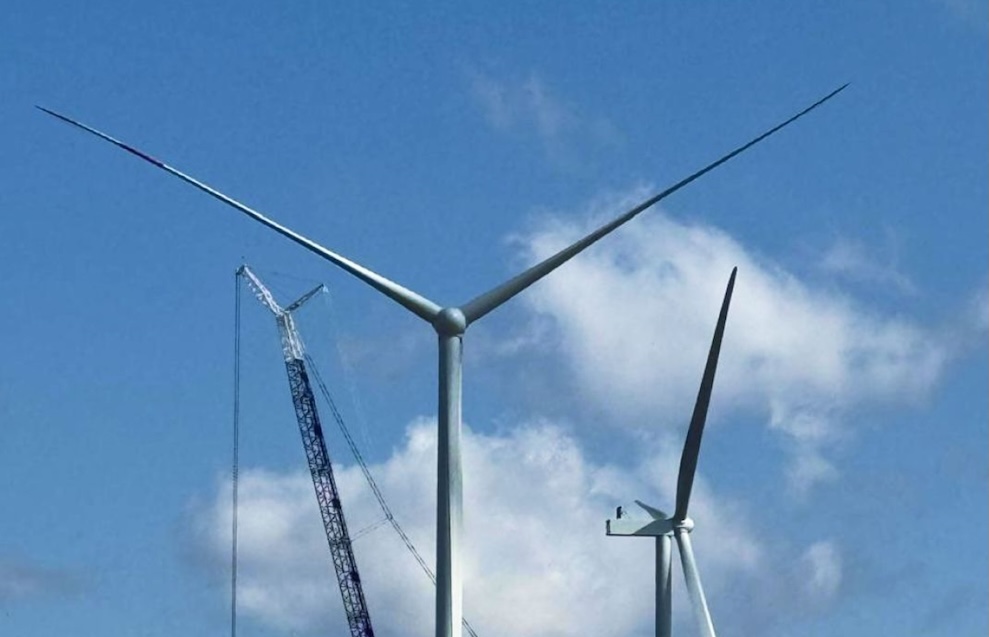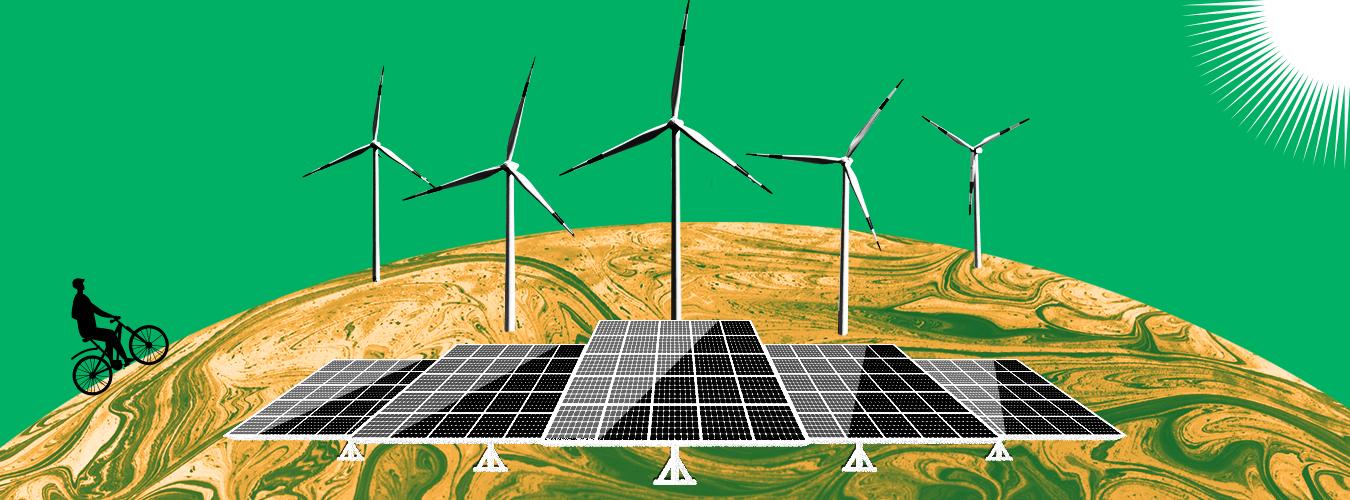Wind energy has become a cornerstone of the global clean-power transition. But not all wind farms are created equal. Onshore (land-based) and offshore (sea-based) wind farms differ dramatically in efficiency, environmental impact, and economics.
1. Energy Efficiency and Performance
One of the biggest contrasts lies in energy output. Offshore wind farms often achieve higher capacity factors (how much energy they produce relative to full potential) than onshore ones. According to the International Renewable Energy Agency (IRENA), modern offshore projects can reach capacity factors of 40–50% or more, while onshore projects typically achieve around 35–40%.
That translates into more consistent and powerful energy generation offshore, thanks to the stronger, more stable winds at sea. That said, onshore turbines are catching up, technology improvements have significantly boosted their performance over time.
2. Economic Trade-offs: Capital, Operations, and Cost per Unit
Capital Cost: Building offshore wind farms is much more expensive. According to IRENA data, the installed cost of offshore wind capacity is about USD 2,852 per kW, nearly triple that of onshore. Yet, costs are declining: since 2010, offshore costs have fallen by nearly 48%, while onshore has dropped about 49%.
Levelized Cost of Energy (LCOE): The LCOE measures the total cost to produce electricity over a project’s lifetime. IRENA reports that onshore wind LCOE has fallen to around USD 0.034/kWh, one of the cheapest sources of new electricity. Offshore wind, though more expensive, is also becoming competitive: its LCOE recently dropped to roughly USD 0.075/kWh, down from about USD 0.203/kWh a decade ago.
Operations and Maintenance (O&M): Maintaining offshore turbines is more complex and costly. Accessing turbines requires specialized vessels, and harsh marine conditions add risk. Still, because offshore wind farms generate more power, the O&M costs are spread over a larger output, meaning it makes up 16–25% of their LCOE in advanced economies.
3. Environmental Impact and Sustainability
Onshore Wind:
- Impacts include land use conflicts, visual intrusion, and harm to birds and bats.
- But because infrastructure is closer to land, construction and maintenance are logistically simpler and require less complex logistics.
Offshore Wind:
- Has less visual impact from the shore, but it interacts with marine ecosystems. Turbines can disrupt sea life, alter bird migration routes, and interfere with shipping lanes.
- There’s also a trade-off in how far from shore to locate turbines: deeper projects rely on floating foundations, which bring engineering challenges.
However, offshore wind’s environmental footprint is improving as technology matures. Floating turbine designs and careful siting strategies minimize disruption, and an increasing emphasis on environmental assessments helps mitigate risks.
4. Strategic and Policy Implications
Countries must make calculated choices based on their geography, cost priorities, and energy goals.
- Land-rich countries (e.g., in Africa) may favor onshore wind because it’s cheaper to deploy, simpler to maintain, and faster to scale.
- Coastal or island nations (or regions with limited land) often lean toward offshore wind despite higher costs, because it delivers more consistent power and leverages their marine resources.
The shift in both markets also reflects broader trends: larger turbines, floating foundations, and declining costs are narrowing the gap between onshore and offshore viability.
Choosing between onshore and offshore wind is a strategic one. Onshore wind remains the most cost-effective way to expand rapidly, especially where land is available.
Offshore wind, although costlier, offers higher efficiency and fewer land-based constraints. For policymakers and investors, the right balance depends on national priorities, grid integration capacity, environmental risk tolerance, and long-term clean-energy ambitions.
By understanding these trade-offs clearly, decision-makers, especially in emerging markets can chart smarter, more effective wind-energy journeys.















